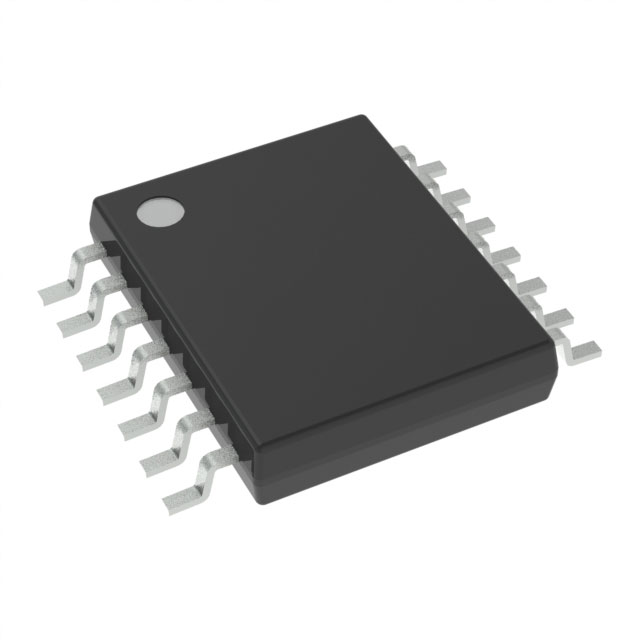

Texas Instruments
OPA4188AIPW
OP Amps, Buffer Amps ICs




.png?x-oss-process=image/format,webp/resize,p_30)


OPA4188AIPW Description
The OPA4188AIPW is a precision operational amplifier (op-amp) from Texas Instruments. It is designed for high-precision applications and offers several features that make it suitable for a wide range of applications.
Description:
The OPA4188AIPW is a low-noise, precision operational amplifier with a wide input voltage range and low input offset voltage. It is available in a compact 8-pin SOIC package and is designed for use in a single supply or dual supply configuration.
Features:
- Low input offset voltage: The OPA4188AIPW has an input offset voltage as low as 100µV, making it suitable for precision applications.
- Low input bias current: The input bias current is typically 1pA, which is ideal for high-impedance input applications.
- Wide input voltage range: The OPA4188AIPW can operate with input voltages as low as 3.3V and as high as 36V, making it suitable for a wide range of applications.
- Low noise: The OPA4188AIPW has a low input voltage noise of 4.3nV/√Hz, which is ideal for applications that require low-noise performance.
- Low distortion: The OPA4188AIPW has a low distortion of -90dBc, making it suitable for audio applications.
Applications:
The OPA4188AIPW is suitable for a wide range of precision applications, including:
- Audio amplifiers: The low noise and low distortion characteristics make the OPA4188AIPW ideal for use in audio amplifiers.
- Strain gauge amplifiers: The low input offset voltage and low input bias current make the OPA4188AIPW suitable for use in strain gauge amplifiers.
- Medical equipment: The OPA4188AIPW can be used in medical equipment that requires high precision and low noise performance.
- Industrial control systems: The OPA4188AIPW can be used in industrial control systems that require high precision and low noise performance.
- Battery monitoring systems: The OPA4188AIPW can be used in battery monitoring systems that require high precision and low input offset voltage.
Overall, the OPA4188AIPW is a versatile and high-performance operational amplifier that offers low noise, low input offset voltage, and low input bias current, making it suitable for a wide range of precision applications.
Tech Specifications
OPA4188AIPW Documents
Download datasheets and manufacturer documentation for OPA4188AIPW
 OPA4188
OPA4188  Device Symbolization Change 13/Jun/2023
Device Symbolization Change 13/Jun/2023  OPA4188
OPA4188  OPA4188 26/Sep/2016 Design 22/Feb/2022
OPA4188 26/Sep/2016 Design 22/Feb/2022  Material Declaration OPA4188AIPW & OPA4188AIPWR
Material Declaration OPA4188AIPW & OPA4188AIPWR Shopping Guide























.png?x-oss-process=image/format,webp/resize,h_32)










